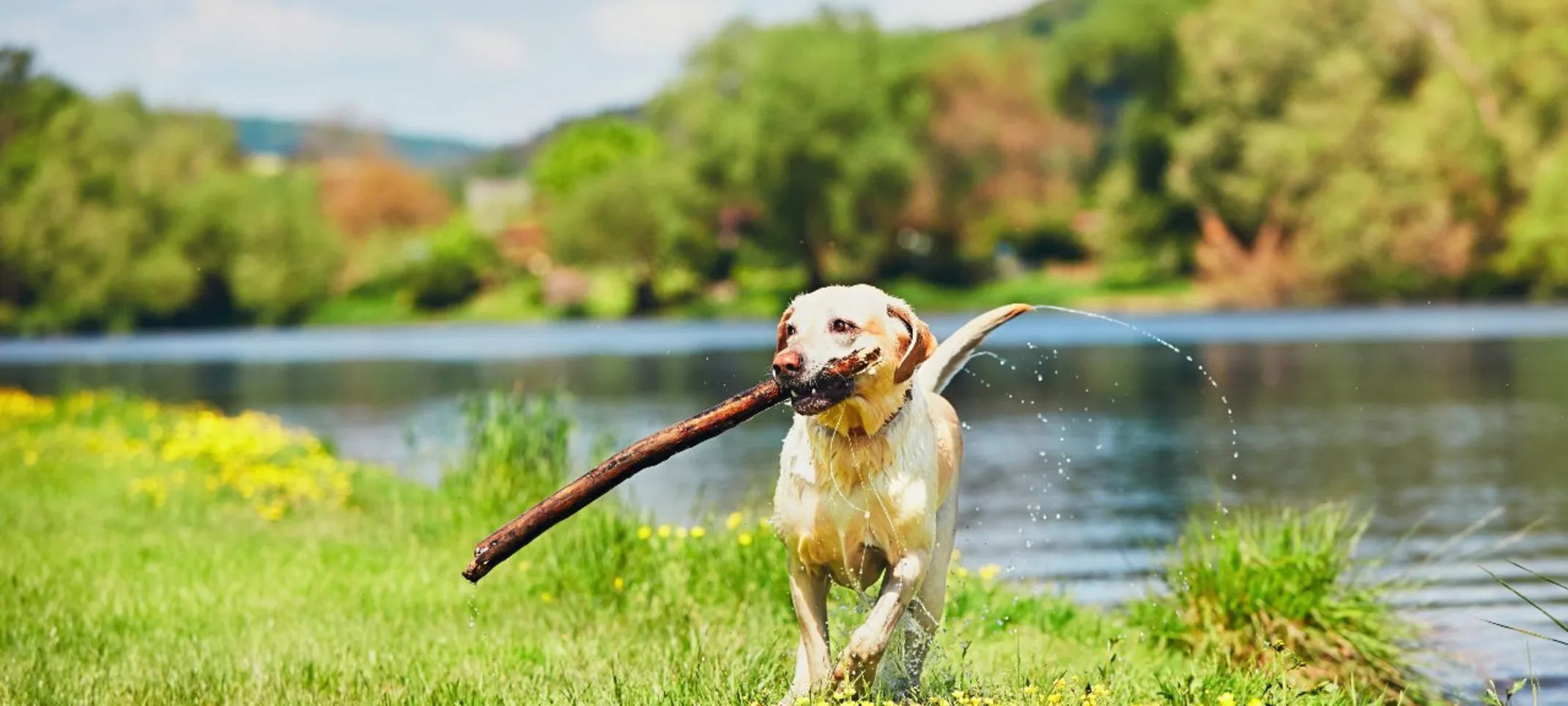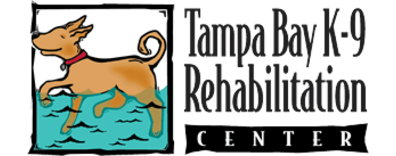Tampa Bay K9 Rehabilitation Center
Lameness and Rehabilitation
Canine lameness is an overarching term to describe a dog that starts to walk with difficulty. The limping or hobbling can be due to anatomical or pathological concerns.

Anatomical lameness has to do with your dog’s limb structure. This could either be genetic or acquired. Your pet may be born with a leg deformity or suffered from a broken leg that wasn’t treated. Pathological lameness is often a result of neural or musculoskeletal pain. A sprained leg, for example, can cause your dog to walk in an unusual way. Bone or joint problems are also generally classified under this umbrella. Are you interested in how manual therapy techniques can help your limping dog? Read on to learn more about canine rehabilitation for lameness.
DIAGNOSIS
Your veterinarian will get some information from you upon bringing Fido to the clinic. The staff will go over your dog’s health records and ask about how long the limping or lameness has been going on. It’s best to provide as much information as possible about your dog’s medical history. To determine the potential causes of the limping, your vet will conduct a physical examination. Examining with X-rays is also typical to find fractures and other limb abnormalities. Sedation may be necessary in some cases to get the best images. Your vet may also recommend laboratory tests. Lab work is essential to identify your dog’s blood cell count and assess their organ function. Their findings can help rule out health problems that contribute to the limping. It will also reveal any underlying conditions that can make certain medications dangerous.
TREATMENT
Treatment for canine lameness generally depends on the cause. Some limping can resolve on its own. But many cases require rest and medicines as the first step of treatment. Certain diseases and injuries need physical therapy, rehabilitation, and even surgery.
Canine rehabilitation is one of the options to help restore your dog’s range of motion. It generally includes a combination of different modalities to strengthen the weakened areas of your dog’s body. Your canine rehabilitation therapist will use a variety of hands-on mobilization techniques and exercises on the affected limb. This way, they can relieve pain, reduce stiffness, and increase movement. Balance and strength training is also expected to improve stability.
Many canine rehabilitation therapists also use various tools to find the best outcome for your pet. These pieces of equipment may include peanuts, discs, balance balls, therapeutic laser therapy, moist heat therapy, and underwater treadmills. Some pet owners even buy or borrow wheelchairs since particular exercises can be done in it as part of their dog’s therapeutic program. The rehabilitation protocol may also include other cutting-edge technology for treatment.
Canine rehab therapists often give the dog parents exercises and stretching techniques to continue at home with their limping dog. A critical part of effective canine rehabilitation is educating pet owners on what activities are essential and why.
Do you want to know more about how you can improve your dog’s quality of life? At Tampa Bay K9 Rehabilitation Center, we can assess your dog’s condition and create a treatment plan to improve their function. Call our office today in St. Petersburg, Florida, to book an appointment.
